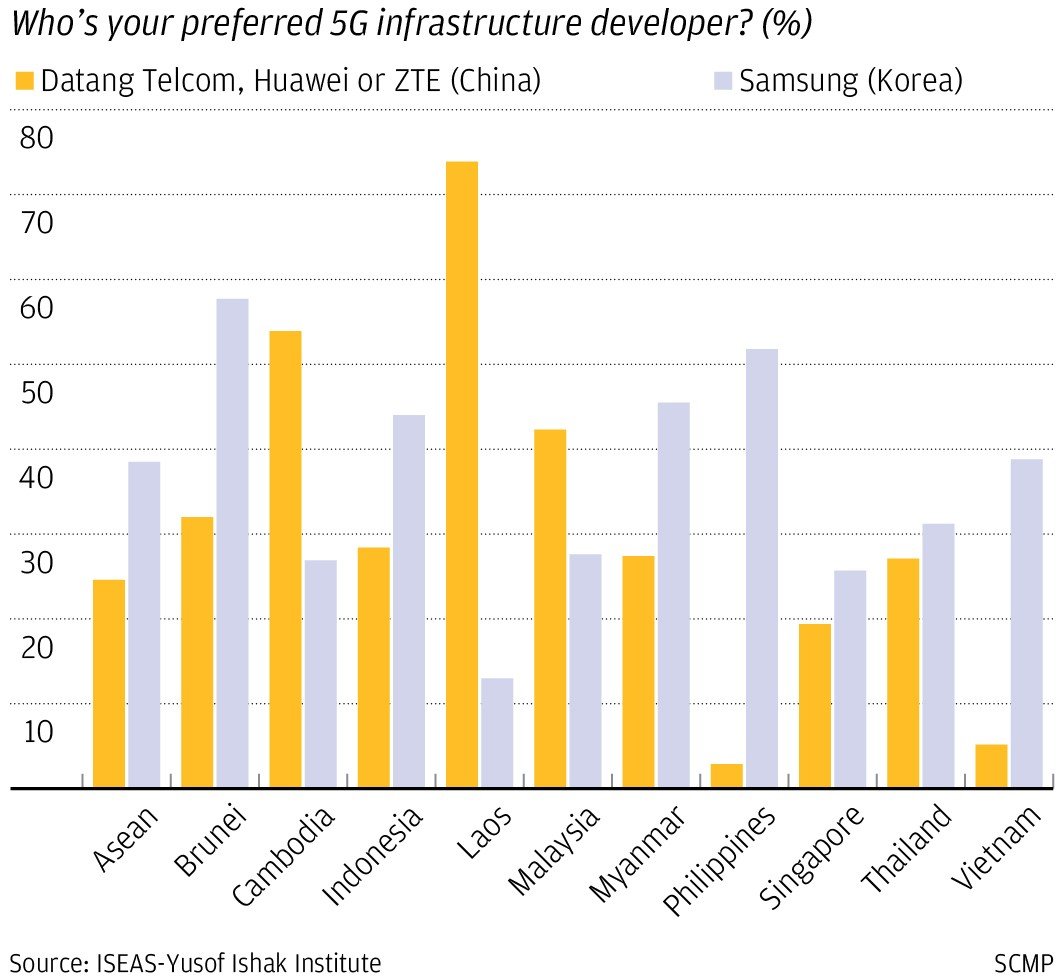The Great Decoupling: Reshaping Supply Chains And Global Trade

Table of Contents
The Great Decoupling refers to the ongoing shift away from globally integrated supply chains towards more regionalized or diversified models. Instead of relying on a single, often distant, source for goods and components, businesses are increasingly seeking to diversify their suppliers and production locations to mitigate risks and enhance resilience. This fundamentally alters global trade patterns, shifting the balance of power and presenting both challenges and opportunities.
Geopolitical Factors Driving the Decoupling
The Rise of Protectionism and Trade Wars
The rise of protectionist policies and trade wars has significantly impacted global supply chains. Tariffs, sanctions, and trade disputes create uncertainty and increase the costs of international trade.
- Examples: The US-China trade war, which involved significant tariffs on various goods, disrupted global supply chains and forced businesses to reconsider their sourcing strategies. Similar trade disputes between other nations have also had a profound impact.
- Industry Impact: The technology sector, heavily reliant on global supply chains for components and manufacturing, has been particularly affected. The manufacturing sector has also seen disruptions, with companies seeking to diversify their manufacturing bases.
Geopolitical Instability and Regional Conflicts
Geopolitical instability and regional conflicts further disrupt established supply chains, prompting businesses to prioritize diversification and resilience. Unexpected events, such as wars or political upheavals, can instantly halt production or create logistical bottlenecks.
- Case Studies: The ongoing conflict in Ukraine has significantly impacted global wheat and energy supplies, highlighting the vulnerability of relying on concentrated sources. Other regions experiencing conflict similarly disrupt global trade flows.
- Political Risk Assessment: Businesses are increasingly incorporating rigorous political risk assessments into their supply chain strategies to identify and mitigate potential disruptions.
Economic Factors Fueling the Shift
Rising Labor Costs and Automation
Changes in labor costs across different regions significantly influence the location of manufacturing and supply chain activities. The rising cost of labor in some developed countries has encouraged companies to relocate manufacturing to regions with lower labor costs.
- Labor Cost Comparison: A comparison of manufacturing labor costs in China, Vietnam, Mexico, and the United States reveals significant variations, influencing corporate decisions on production locations.
- Automation's Impact: Automation and robotics are playing an increasingly important role, enabling reshoring and near-shoring—the relocation of manufacturing closer to home markets—even with higher labor costs in certain regions.
Supply Chain Resilience and Risk Mitigation
The need to build more resilient and diversified supply chains is a key driver of the Great Decoupling. Businesses are actively seeking to reduce their dependence on single suppliers and geographical locations to minimize disruptions.
- Supplier Diversification: Strategies include identifying multiple suppliers for critical components and spreading production across different regions to mitigate the impact of localized disruptions.
- Supply Chain Visibility: Real-time tracking and visibility are crucial for identifying potential bottlenecks and responding quickly to disruptions.
Technological Advancements and Their Role
Digitalization and Supply Chain Transparency
Technologies such as blockchain and artificial intelligence (AI) are enhancing supply chain visibility and efficiency.
- Blockchain Traceability: Companies are using blockchain to track goods throughout the supply chain, improving transparency and accountability.
- AI in Risk Management: AI-powered predictive analytics can identify potential risks and disruptions, allowing businesses to take proactive measures.
Automation and the Future of Manufacturing
Automation is transforming the geographical distribution of manufacturing, creating new opportunities for regional manufacturing hubs.
- Automation's Labor Market Impact: While automation can displace jobs in some regions, it also creates new opportunities in areas like robotics and software development.
- Smart Factories: The rise of "smart factories" equipped with advanced automation technologies is facilitating the establishment of regional manufacturing hubs.
The Implications for Businesses and Consumers
Increased Costs and Price Volatility
The restructuring of supply chains can lead to higher prices and greater price volatility for consumers.
- Increased Costs Examples: Industries reliant on imported goods, such as electronics and automobiles, have experienced increased costs due to disruptions in global supply chains.
- Managing Price Volatility: Businesses need to develop strategies to manage price volatility, including hedging and diversification.
Opportunities for Regional Economic Growth
The Great Decoupling also presents opportunities for regional economic growth, as regions become key players in newly formed supply chains.
- Benefiting Regions: Regions with access to skilled labor, supportive government policies, and advanced infrastructure are poised to benefit from this shift.
- Government Policies: Governments are actively implementing policies to attract investment in regional manufacturing and support the development of local supply chains.
Conclusion: Navigating the Great Decoupling
The Great Decoupling is driven by a confluence of geopolitical tensions, economic shifts, and technological advancements. It significantly reshapes global supply chains and trade patterns, impacting businesses and consumers alike. The long-term consequences of this shift will be profound, requiring businesses to adapt and adopt more resilient and diversified strategies. Understanding the dynamics of the Great Decoupling is crucial for businesses seeking to thrive in this new era of global trade. Invest time in researching resilient supply chain strategies and explore opportunities presented by regionalization. The future of global trade depends on proactively managing the complexities of this transformative period.

Featured Posts
-
 Dc Comics Krypto The Last Dog Of Krypton A Comprehensive Review
May 08, 2025
Dc Comics Krypto The Last Dog Of Krypton A Comprehensive Review
May 08, 2025 -
 Saturday Night Live A Turning Point For Counting Crows
May 08, 2025
Saturday Night Live A Turning Point For Counting Crows
May 08, 2025 -
 Inter Milan Stuns Barcelona Reaches Champions League Final
May 08, 2025
Inter Milan Stuns Barcelona Reaches Champions League Final
May 08, 2025 -
 Microsoft Surface Pro 12 A Budget Friendly 2 In 1
May 08, 2025
Microsoft Surface Pro 12 A Budget Friendly 2 In 1
May 08, 2025 -
 Mike Trout Out With Knee Soreness Angels Drop Fifth Consecutive Game
May 08, 2025
Mike Trout Out With Knee Soreness Angels Drop Fifth Consecutive Game
May 08, 2025
